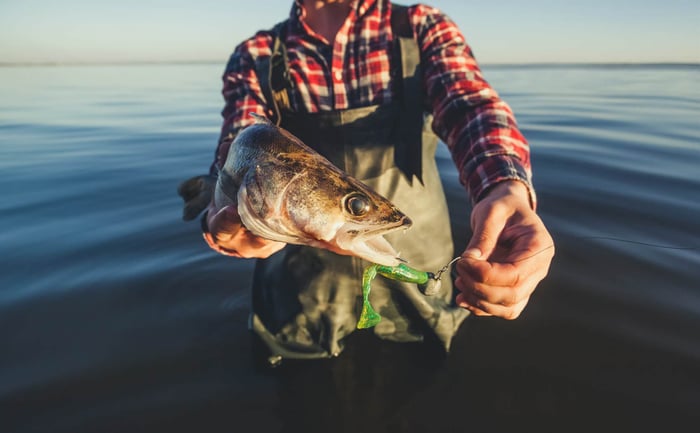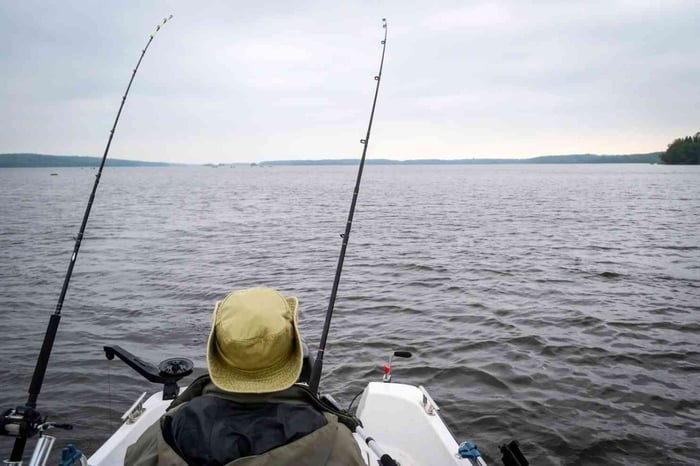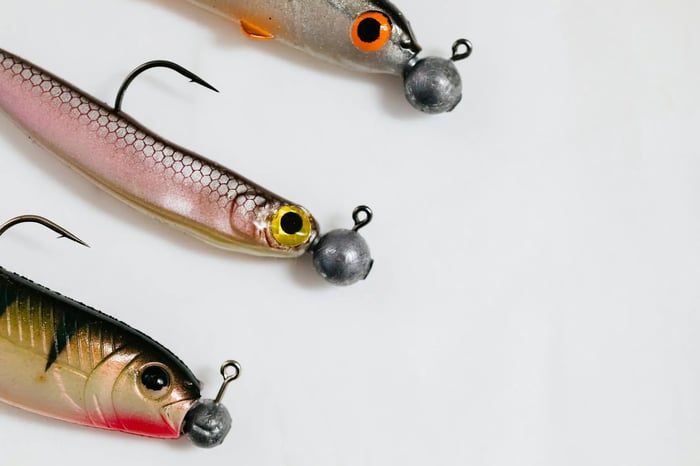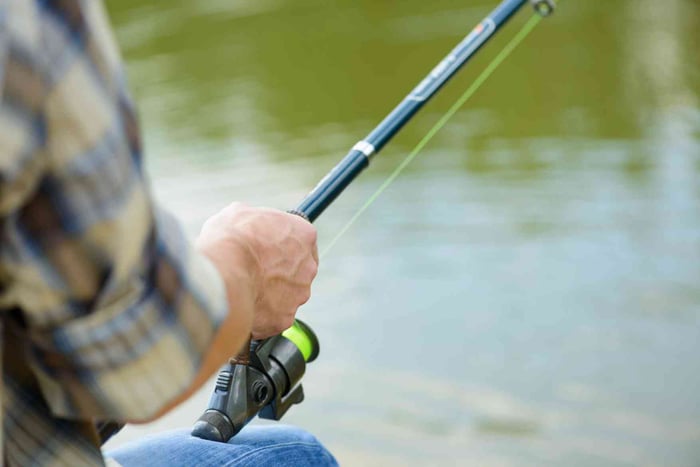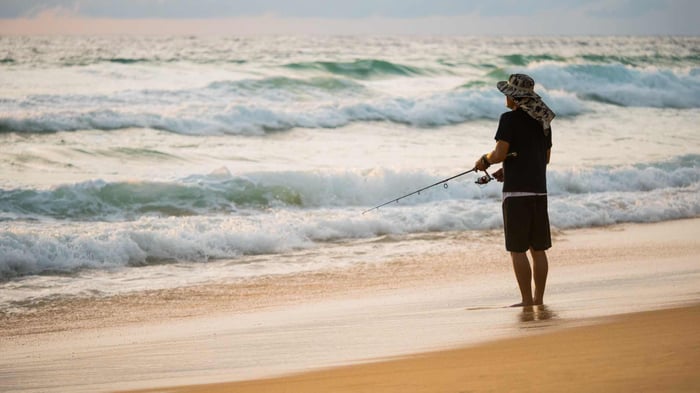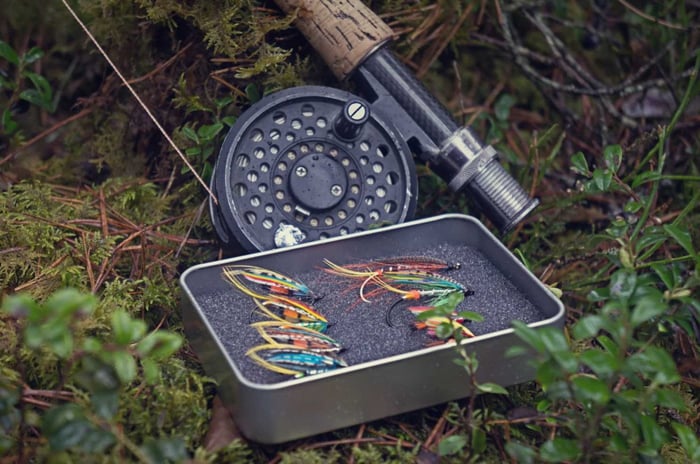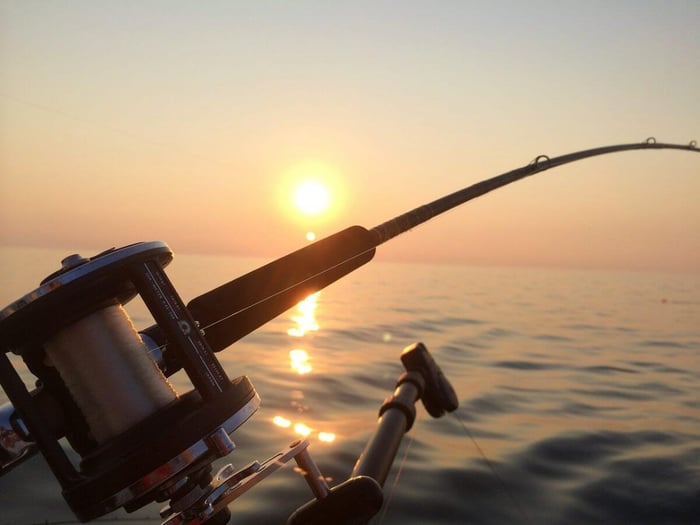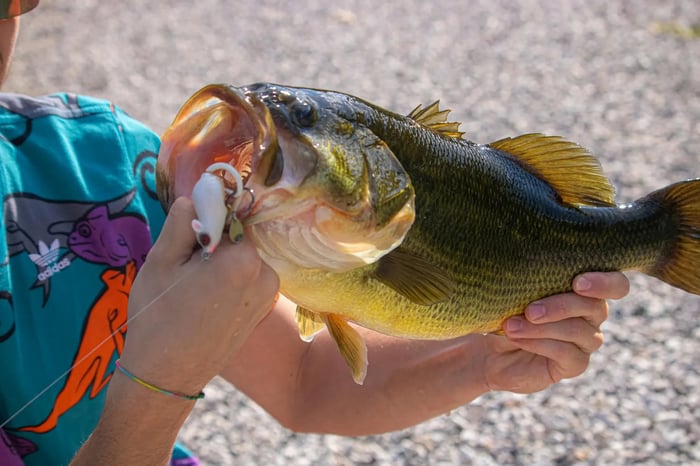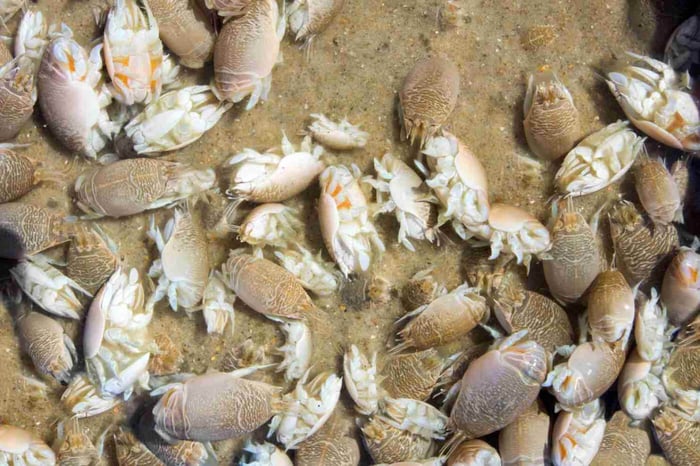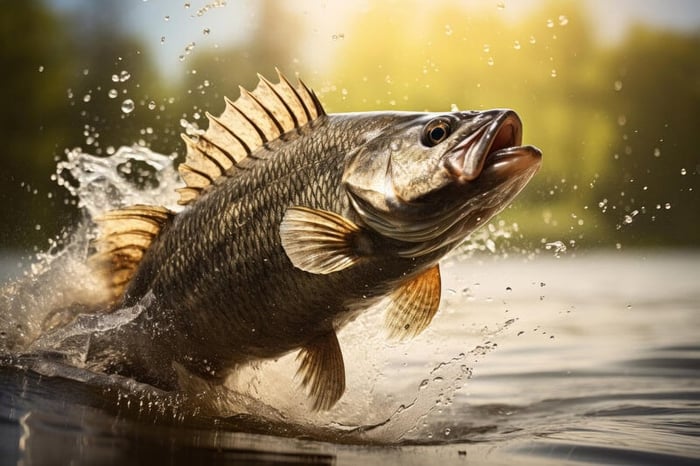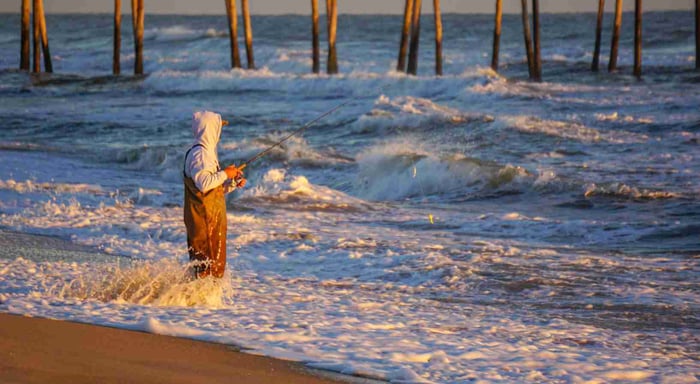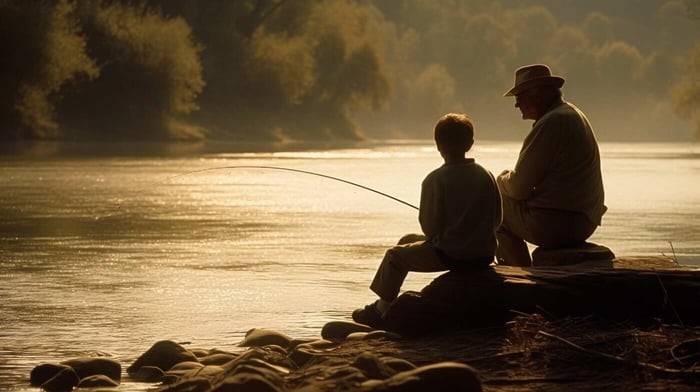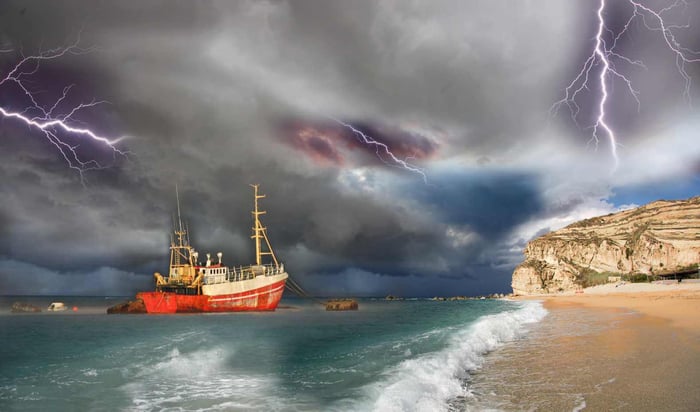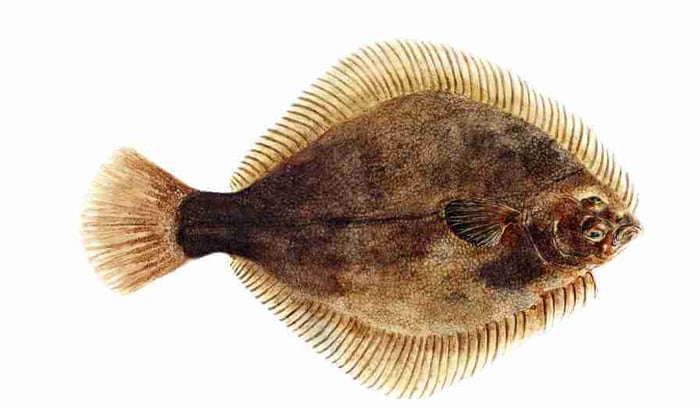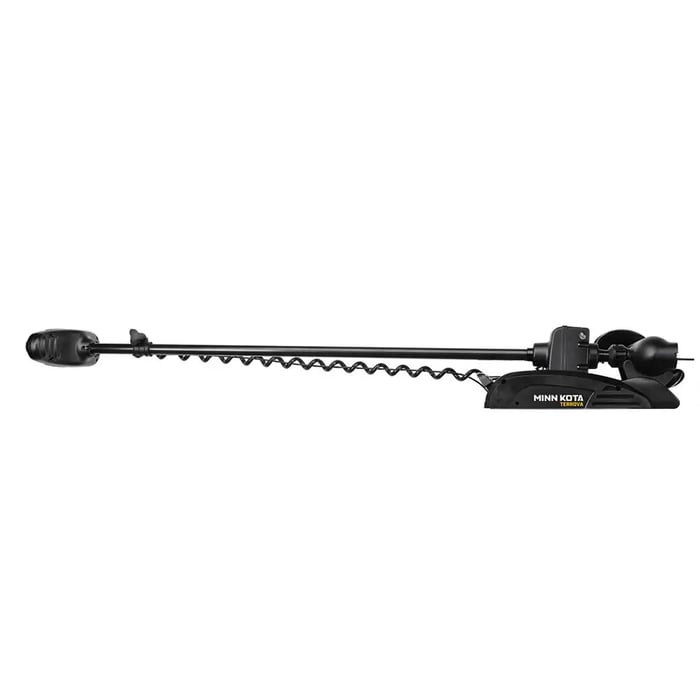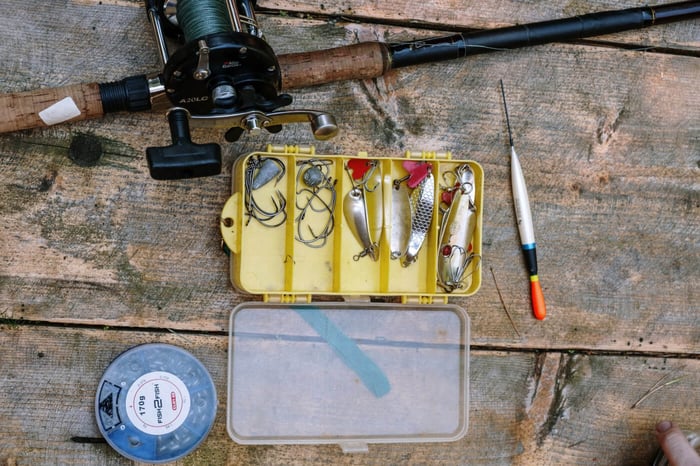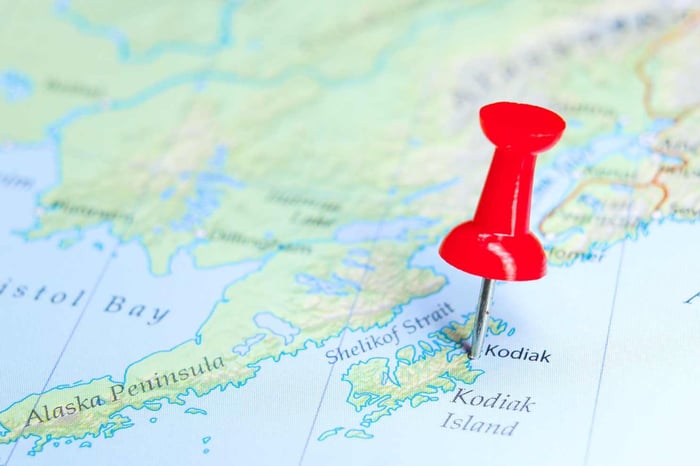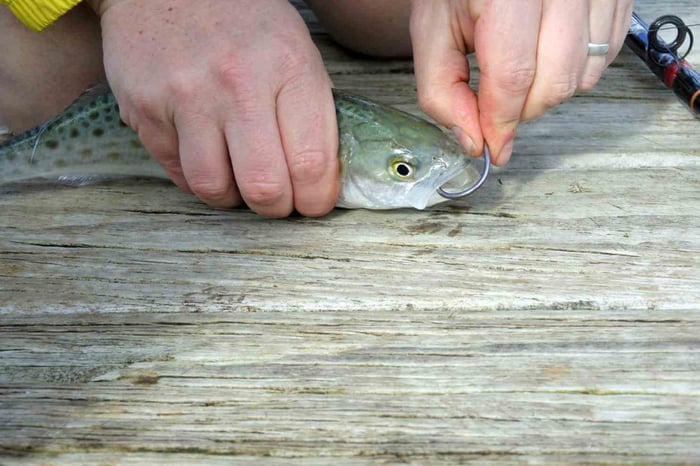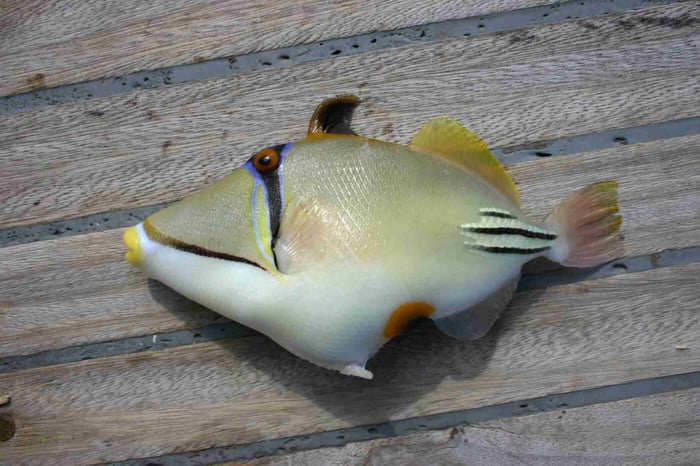Fishing is one of the most fulfilling and fruitful activities. Regretfully, nothing is more frustrating than having your catch wasted.
To keep fish from spoiling after it is caught, it is essential to preserve it as best way as possible.
This article explains basic fishing techniques, suitable storage products, and tricks for using when freezing is impossible.
The Importance of Keeping Fish Fresh
It is not simply for the fun of catching fish; that fish caught is fresh fish meant for the dinner table.
Fish are more perishable than many meats because they contain more water and protein. They tend to get spoiled, and any good catch reduces flavor, texture, and nutritional value, thus becoming a poor catch.
Foods that are caught immediately and cared for will spoil much less than those that are not, so you can eat your food at its best.
Why Freshness Matters
Fish fresh from the water deliver a better taste, better texture, and superior health benefits. Here’s why:
Better Taste: Fresh fish maintain their fresh flavors and are good for all recipes.
Nutritional Value: Fish are full of omega-3 fatty acids, vitamins, and minerals, but when spoiled, these nutrients are rendered almost useless.
Safety: Consuming fish can cause infections, which are food-borne illnesses. Preserving fish freshness makes it safe for human consumption.
Immediate Steps After Catching Fish
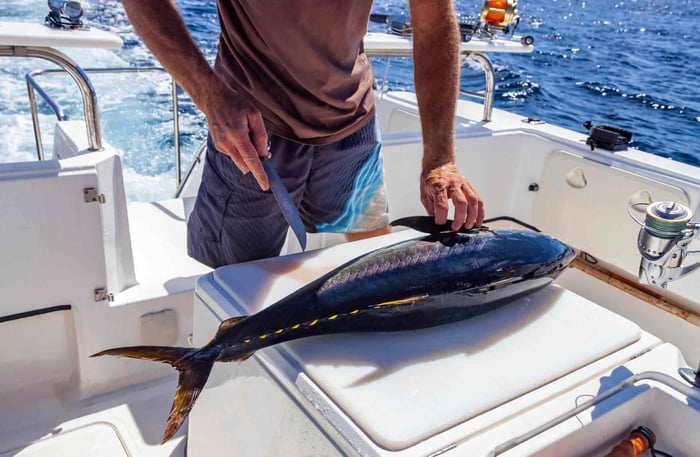
The sooner you catch fish that can be kept fresh, the better. After catching a fish, you should immediately take certain steps to lock in freshness. This prevents the growth of bacteria, prevents spoilage, and increases the taste and quality of your fish.
Step 1: Bleeding the Fish
One of the best ways to stop fish from spoiling is to bleed the fish. Bacteria, fed upon compounds in fish blood, speed up decay. Bleeding the fish helps eliminate the risk of it turning brown, and keeps it fresher for longer.
How to Bleed: Cut quickly close to the gills or main artery of the fish. Make a small incision at the base of the tail with a knife for the larger fish.
Letting it Drain: Place the fish in clean water and let him bleed out completely before preparing him. That will keep the blood out of the flesh, so they don’t get that fishy taste that blood left in gives.
Step 2: Gutting the Fish
Once the blood is out, the priority is gutting the whole fish out. Bacteria in the digestive organs spoil the fish quickly if left in them.
Simple Gutting Method: Place fish on a stable surface and, using a sharp knife, cut from vent to base of the head. Next you are going to remove organs gently and rinse the cavity with clean water.
Avoid Puncturing Organs: Do not puncture the stomach or intestines, as this can spread unwanted bacteria throughout the flesh.
Step 3: Cleaning and Rinsing
Thoroughly cleaning the fish helps to cut back on bacteria and get ready to be stored.
Rinse with Cold Water: Rinse fish by pouring cold, clean water over the inside and the outside. This helps wash away any remaining blood, slime, and contaminants.
Pat Dry: Dry the fish’s surface with a clean or paper towel. Storing fish in excess moisture is not good, as dampness encourages bacterial growth, so get as much of the fish's moisture as possible before keeping them.
Tip: If you’re fishing in saltwater, it also helps to give the fish a final rinse of salt water, not fresh water. And it keeps fish flesh in it moist, creating a natural flavor.
Keeping Fish Fresh Without Freezing: Essential Techniques
Not everyone can bring a freezer along when fishing. However, you don't have to freeze your catch; there are several alternative efficient ways to store fish and keep it fresh for hours (at least). You can use coolers, ice, and other techniques to keep your fish in excellent condition.
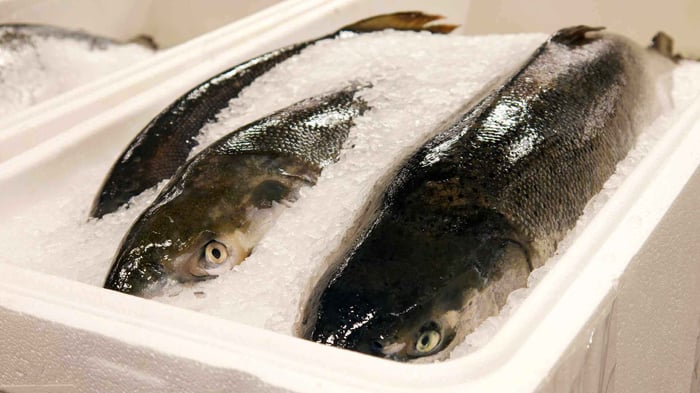
Ice Storage: The Go-To Solution
Even without freezing, ice is widely used to keep fish fresh. It works by cooling the fish in an environment that slows bacterial growth and maintains its quality.
Choose Crushed Ice: Crushed ice is better than cubed ice because it more fully surrounds the fish and cools it evenly.
Layering the Ice: First, you layer ice on the bottom, then fish, and finally, ice on top. If you are storing multiple fish, continue to layer.
Draining Water: Melted ice can form a pool at the bottom, spoiling fish. Make sure that your container can drain or tilt it slightly so that water can't accumulate.
Tip: We recommend storing fish in a cooler with a drain plug only if you are on a boat, as boats tend to roll, creating a risk of the fish being squashed against the side of the cooler. To maintain freezing temperatures, periodically add fresh ice and change the water.
Cooler Storage: Portable and Effective
Day trips or short fishing excursions are handy times to use coolers, and the insulated environment will keep the fish cold.
Use Gel Ice Packs: They last longer than regular ice and require less replacement.
Don’t Overpack: Leave some space between the fish and ice packs so you get better circulation.
Replenish Ice: If you are out somewhere out there for a while, add fresh ice to the cooler every few hours to ensure a low, constant temperature all the time.
Tip: To further insulate the ice and fish in warmer weather, place a towel, plastic wrap or newspaper on top of them.
Preserving Freshness on Extended Fishing Trips
When making a multi-day trip, extra steps are required to keep fish fresh. Here are a few time-tested techniques for keeping fish fresh for multiple days.
Salting the Fish
Since bacteria dislike salty surroundings, salt depletes the fish's moisture content, making the environment less conducive to bacterial growth. Freezing isn’t possible in many situations; this ancient way of preservation works great.
Rub Generously: Cover the fish with a heavy coating of salt, or even get some into the belly cavity.
Storing Salted Fish: Salted fish should be in a sealed container or plastic bag. Store in a shady spot where it should remain cool.
Rinse Before Cooking: Rinse salt off your salted fish before you cook it to enhance the natural flavor.
Tip: Carry coarse sea salt with you if you are fishing in a remote area. Table salt is easier to apply but doesn’t seal as well.
Vacuum-Sealing: Lock in Freshness
Vacuum sealing can handle multi-day trips just as well as long-term storage, although it is usually used for long-term storage. Because bacteria cannot develop as much in airless environments, this reduces the amount of bacteria.
Portable Vacuum Sealers: Many portable vacuum sealers are battery-powered and tiny, making them perfect for travel.
Combine with Ice Storage: If storage must occur in a cooler, store the fish, even in vacuum sealed bags, on a bed of ice. This will also help in preventing spoilage from further.
Tip: As it gets larger, it can be cut into fillets or steaks, vacuum sealed, for greater handling and storage ease.
How Long Can Fresh Fish Be Kept Without Freezing?
The amount of time fish can be kept 'fresh' varies with storing temperature, method, and type of fish.
Temperature Guidelines
The key is keeping the raw fish very cold and to slow the spoilage. Here’s a general guideline based on temperature:
On Ice (32°F or lower): Fish will keep for 2–3 days if completely covered and the ice is renewed.
In a Cooler (32–40°F): Ice should be added frequently to keep temperature fluctuations down. You can use fish for 24–48 hours, but they will begin to stale or go bad afterward.
At Room Temperature (above 40°F): Fresh fish spoils quickly; therefore, do not keep fresh fish for prolonged periods in warm conditions.
Note: Fatty fish like salmon spoil more quickly because of their high oil content. Compare that with lean fish such as cod or snapper, which have less fat to oxidize (hence, spoil) and can last longer.
Signs of Spoiled Fish: When Not to Eat
Learning how to identify indicators of fish deterioration is necessary to prevent foodborne disease. Fish that have gone bad have signs of smell, texture, and color.

Spoilage Indicators
Odor: Ideally, the fish that is recently caught should have a odor similar to that of the sea from which they were caught. A very fishy or sour smell should be a good sign that the fish has gone bad.
Texture: Bad fish usually have a soft and slimy or sticky texture. Fishes that are fresh should be firm and the flesh should have a way of jumping back into place when pressed.
Eyes: Fresh fish have bright, clear eyes, while dull or cloudy eyes that are sunken deep into the head show that the fish is beginning to go off.
Gills: The fins of a fresh fish will be bright red but with time the gills will turn brown or grey.
Color: Fresh fish should be bright and translucent in color. You may no longer safely consume it if it appears dull, gray, or dry.
Tip: If fish are left in ice for the first few days, the flesh of fresh fish should still be firm, moist, and not slippery. In such a case, it is safer to dispose of any fish that exhibit more than one sign of spoilt fish.
Enhancing Freshness with Additional Methods
There are, however, other methods of enhancing fish freshness and readiness for consumption other than cold storage or salting if you wish to keep your fish fresh.
Using Acidity
Lemon or lime juice is acidic in nature, which prevents the spoiling of fish on the surface and reduces the rate of bacterial growth.
Lemon/Lime Rub: Lightly rub lemon juice over the fish, especially the skin. This also gives it a slight taste.
Store in a Covered Container: After applying the juice to the fish, put it in a covered container to avoid air contact.
Specialized Fish Containers
Some fishing supply stores sell insulated fish storage containers, which are meant to maintain the right conditions of cold and moisture for healthy fish keep.
Long-Lasting Ice Retention: These containers help the ice last longer, thus making it ideal for long fishing expeditions.
Portable and Durable: Most are constructed of light yet strong material, which makes them convenient for transportation.
Tip: When fishing on a long boat trip, putting the freshly caught bass or crappie in a live well or a portable aerator may help keep the fish alive until it is time to clean their gut. This is particularly helpful for small, tough stocks that tolerate live storage nicely.
How to Store Fresh Fish at Home Without Freezing
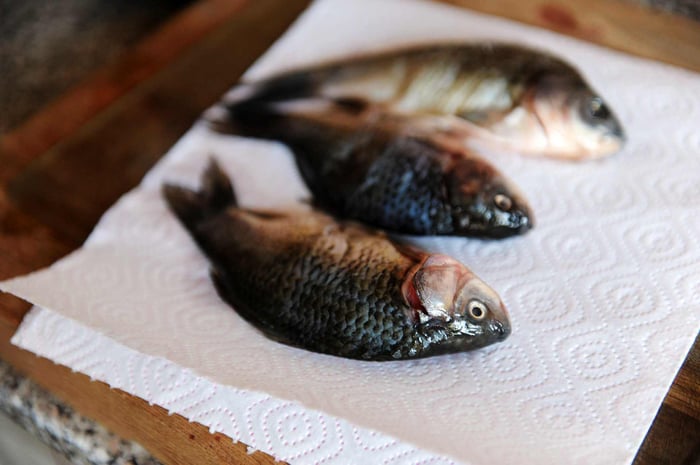
Home storage techniques will help you keep your fish fresh for a day or two after catching it if you’re not ready to cook it immediately.
Refrigerator Storage
Fish don’t need to go in the freezer; a refrigerator insulates fish surrounded a cool and stable environment to keep them fresh for a couple of days.
Wrap Properly: To reduce exposure to air, wrap the fish tightly in plastic or aluminum foil.
Place on Ice: For more cold (like extra cold), place the wrapped fish on a bed of ice in your refrigerator drawer. Replace the ice as it becomes melted.
Use Within Two Days: The fish will be best when you eat it within 24–48 hours.
Tip: Change the ice every 12 hours to keep it cold at its optimal. Use a dedicated meat or fish drawer in your fridge: Many meat or fish drawers are slightly colder than the main compartment.
Handling Specific Fish Types That Spoil Faster
Due to fat content, texture, and structure, some fish spoil faster than others. These tips help you know how to handle these different types so you can make the most of their freshness on longer trips.
What Fish and What to Store Them In:
Fatty Fish (e.g., Salmon, Tuna, Mackerel): These fish have more oil and oxidize more quickly. Requiring immediate cooling with an additional layer of ice, they must be consumed within 24–36 hours unless they are frozen.
Lean Fish (e.g., Cod, Flounder, and Snapper): Fish with a lower fat content spoil less quickly. They will last on ice for 48 hours if kept cold and well-drained.
Delicate Fish (e.g., Trout, Walleye): Generally, these softer-flesh fish break down faster in texture. Gently move them around to avoid bruising the bulbs, and do not crush them. Store them in a single layer of ice.
Tip: Say you are out on a multi-day trip catching mackerel and snapper; you will eat the snapper first as it has a much shorter shelf life. A lean fish snapper will not keep as long on ice as the Mahi, but you can enjoy both catches at peak freshness.
Conclusion
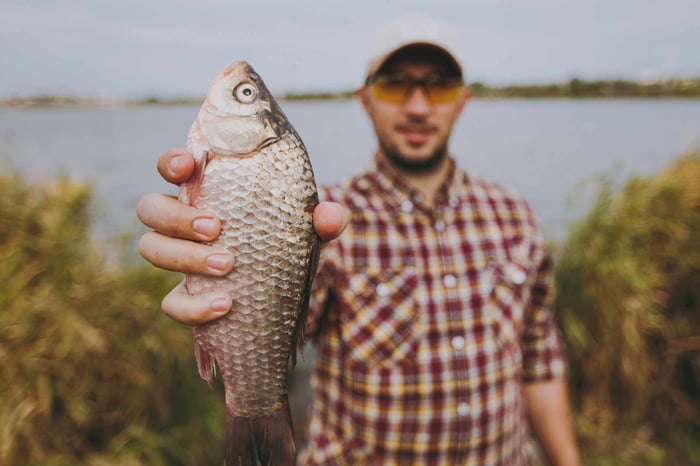
Knowing how to keep the freshness of your catch requires a little preparation and some simple techniques. Follow these steps on the water or back home, and your fish will stay flavorful, safe, and delicious. By taking these safety measures, you can savor your catch at its peak and avoid waste, making every fishing trip as fruitful as possible.


